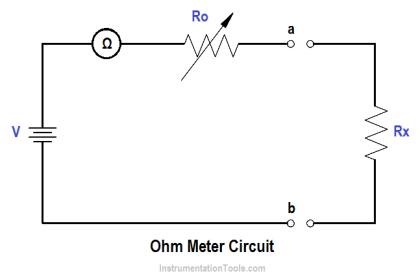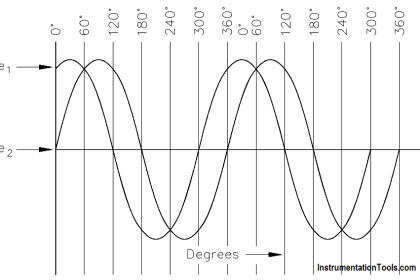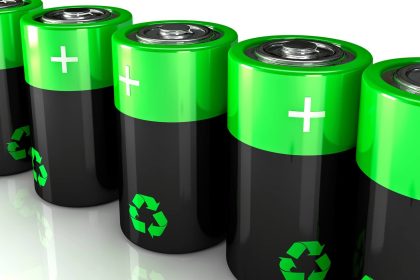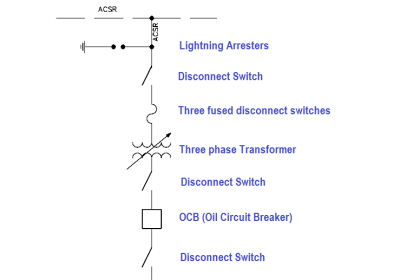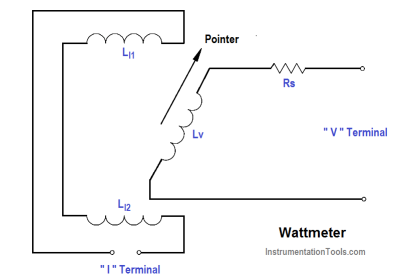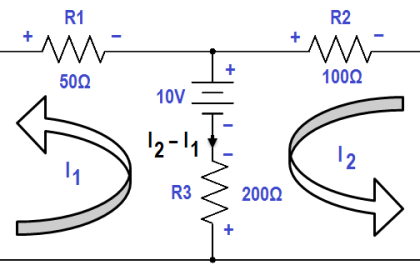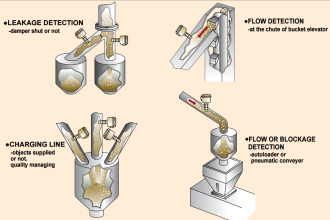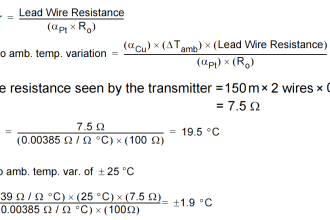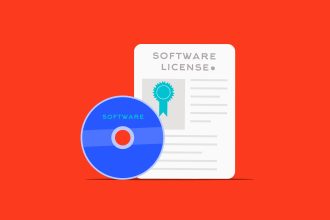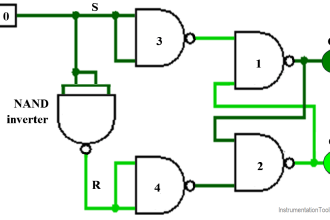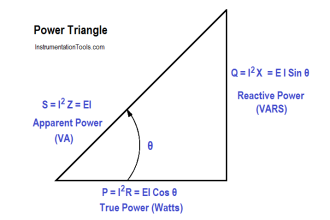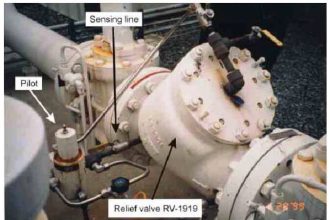Series-wound and shunt-wound generators have a disadvantage in that changes in load current cause changes in generator output voltage. Many applications in which generators are used require a more stable output voltage than can be supplied by a series-wound or shuntwound generator. One means of supplying a stable output voltage is by using a compound generator.
The compound generator has a field winding in parallel with the generator armature (the same as a shunt-wound generator) and a field winding in series with the generator armature (the same as a series-wound generator) (Figure 12).
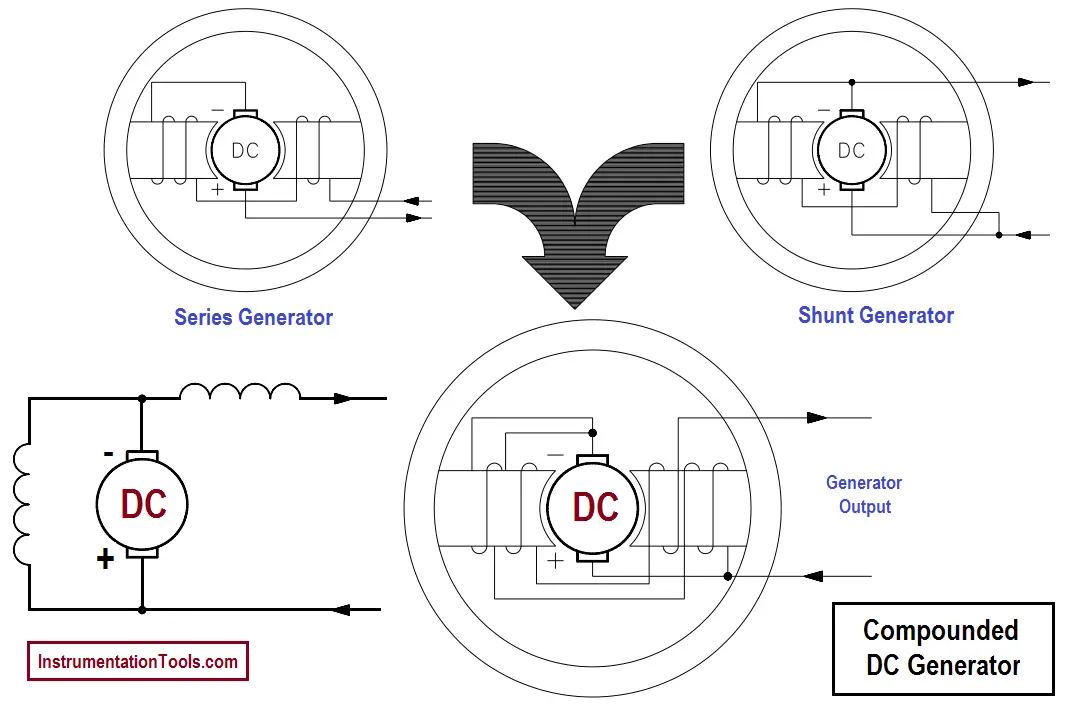
Figure 12 : Compounded DC Generator
The two windings of the compounded generator are made such that their magnetic fields will either aid or oppose one another. If the two fields are wound so that their flux fields oppose one another, the generator is said to be differentially-compounded. Due to the nature of this type of generator, it is used only in special cases and will not be discussed further in this text.
If the two fields of a compound generator are wound so that their magnetic fields aid one another, the generator is said to be cumulatively-compounded. As the load current increases, the current through the series field winding increases, increasing the overall magnetic field strength and causing an increase in the output voltage of the generator. With proper design, the increase in the magnetic field strength of the series winding will compensate for the decrease in shunt field strength.
Therefore, the overall strength of the combined magnetic fields remains almost unchanged, so the output voltage will remain constant. In reality, the two fields cannot be made so that their magnetic field strengths compensate for each other completely. There will be some change in output voltage from the no-load to full-load conditions.
In practical compounded generators, the change in output voltage from no-load to full-load is less than 5 percent. A generator with this characteristic is said to be flat-compounded (Figure 13).
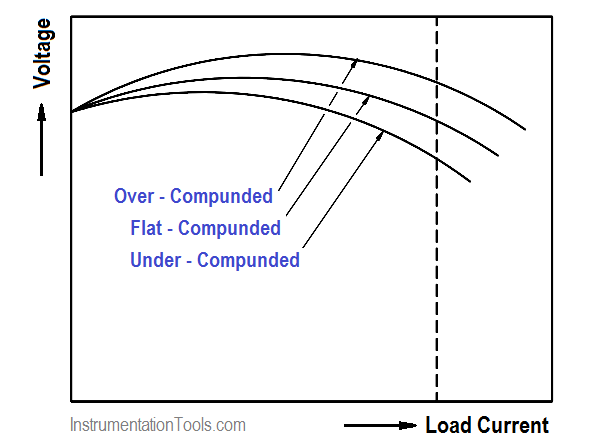
Figure 13 : Voltage-vs-Current for a Compounded DC Generator
For some applications, the series winding is wound so that it overcompensates for a change in the shunt field. The output gradually rises with increasing load current over the normal operating range of the machine. This type of generator is called an over-compounded generator.
The series winding can also be wound so that it under-compensates for the change in shunt field strength. The output voltage decreases gradually with an increase in load current. This type of generator is called an under-compounded generator.

